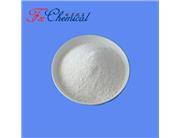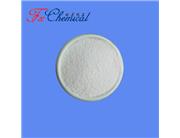1. Primary Medical Applications
A. Ostomy Care (Colostomy, Ileostomy)
This is one of the most significant and specific uses for Bismuth Subgallate.
Purpose: To control fecal odor for individuals who have had ostomy surgery.
How it works: It acts as an internal deodorant. When taken orally, it doesn't get absorbed significantly by the body. It passes through the digestive system and into the ostomy bag, where it helps to neutralize the odor of the stool. It is a key active ingredient in specialized products like Devrom® (internal deodorant tablets).
B. Topical Skin Protectant & Astringent
Bismuth Subgallate is used in various topical preparations (ointments, powders, and creams) for skin conditions.
2. Other and Historical Applications
A. Hemorrhoid Treatment
It is a common ingredient in over-the-counter hemorrhoid creams and suppositories (e.g., Preparation H® and generic versions). In this context, it works as an astringent to reduce swelling and provide a protective barrier for irritated tissue.
B. Gastrointestinal Issues (Historical/Less Common)
Historically, bismuth compounds (like Bismuth Subsalicylate in Pepto-Bismol) have been used for indigestion, diarrhea, and upset stomach. While Bismuth Subgallate also has mild antacid and antiseptic properties, it is not the primary choice for these issues today, having been largely superseded by other bismuth compounds.
Mechanism of Action
The benefits of Bismuth Subgallate stem from the properties of the Bismuth ion (Bi³⁺):
Astringent: The bismuth ion reacts with proteins in skin cells and secretions, forming a protective layer and reducing moisture.
Antiseptic: It has a mild inhibitory effect on the growth of certain bacteria and fungi.
Deodorant: It likely works by binding with sulfur-containing compounds (like hydrogen sulfide) in the stool that are responsible for the foul odor, neutralizing them.


 China
China

